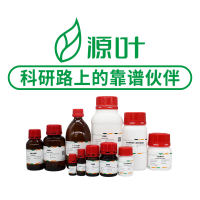Methods for the Detection and Concentration of Bacteriocins Produced by Lactic Acid Bacteria
互联网
544
Lactic acid bacteria (LAB), used for centuries by man to preserve food, produce a wide variety of antagonistic compounds, including lactic acid, hydrogen peroxide, and bacteriocins. Bacteriocins are antimicrobial peptides that are bactericidal toward bacteria taxonomically close to the producer (1 ). The bacteriocins produced by LAB have been extensively studied (2 ) and classified into three main groups (3 ): (I) lantibiotics, small peptides (<5 kDa), which are characterized by the presence of lanthionine and/or β-methyllanthionine residues in the polypeptide; (II) nonlantibiotic, low-molecularweight (<10 kDa), heat-stable peptides; and (III) nonlantibiotic, large (>30 kDa), peptides, (IIB) two peptide bacteriocins, (IIC) Sec-dependent bacteriocins, and (IID) class II bacteriocins that do not belong to the other subgroups.









